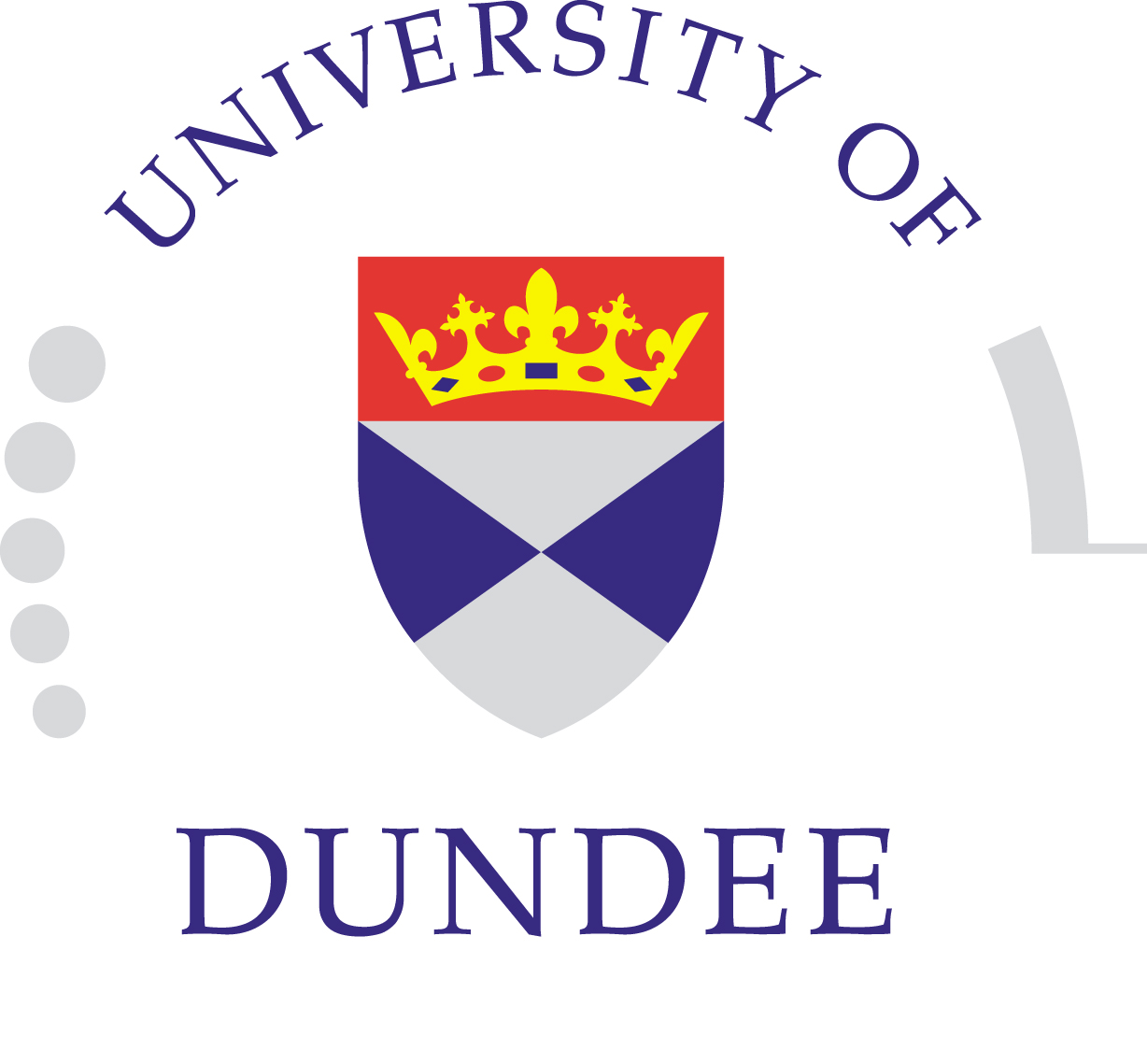



Schrödinger equations: Asymptotics, Integrability and Beyond
Second workshop: Loughborough, 15-16 May 2017
18:30 on 15 May 2017, at Brown's Lane
Coffee
10:00-10:50 Theodoros Katsaounis (KAUST)
A posteriori error control & adaptivity for evolution Schrödinger equations
11:00-11:50 Roman Schubert (Bristol)
Wave packet dynamics in Open Systems
12:00-13:30 Lunch & Coffee
13:30-14:20 Ben Goddard (Edinburgh)
Wave packet dynamics in the optimal superadiabatic approximation
14:30-15:00 Tim Hurst (Edinburgh)
Wave packet dynamics and superadiabatic representations: extending to two dimensions
Discussion
This is an open meeting, supported by an LMS Network (Grant 31627) and the University of Loughborough. If you are interested in attending this meeting, please email Agis Athanassoulis for more information about possible support for travel/accommodation.
Travel information is here. Where possible, accommodation will be arranged in Burleigh Court.
Abstracts:
Theodoros Katsaounis, A posteriori error control & adaptivity for evolution Schrödinger equations :
We provide a posteriori error estimates in the L∞(L2) norm for fully discrete approximations for a class of evolution Schrödinger equations, including nonlinear Schrödinger equations up to the critical exponent. For the discretisation in time we use the relaxation Crank-Nicolson scheme, introduced by Besse [Ch. Besse, A relaxation scheme for the nonlinear Schrödinger equation, SIAM J. Numer. Anal. 42 (2004) 934-952]. For the spatial discretisation we use finite element spaces that are allowed to change from one time-step to another.
For the derivation of estimates we use the reconstruction technique and nonlinear stability arguments mimicking the continuous problem. More precisely, key ingredients for our analysis include the time-space reconstruction for the relaxation Crank-Nicolson finite element scheme; the conservation laws available for the continuous problem; and appropriate bounds of the L∞(L2) norm of the gradient of the exact solution of the continuous problem.
Various numerical experiments verify and complement our theoretical results. The numerical implementations are performed using uniform partitions in time and space, and verify that the a posteriori estimator converges with the same rate as the exact error.
Based on the a posteriori estimator, we further design and analyse a time-space adaptive algorithm. The adaptive algorithm is shown to perform satisfactorily. More precisely, it drastically reduces the computational cost for Schrödinger equations in the semiclassical regime and nonlinear Schrödinger equations on the critical exponent.
Joint work with I. Kyza.
Roman Schubert, Wave packet dynamics in Open Systems: Sometimes an open system can be modelled by a non-Hermitian Schrödinger operator, where the non-Hermitian part models loss or gain. We discuss the effect of the non-Hermitian part on wave-packet propagation in the semiclassical limit. We find in particular that the classical limit is now longer a Hamiltonian systems, but that there is a Hamiltonian part and a gradient flow part, and we will describe the underlying geometrical structures.
Ben Goddard, Wave packet dynamics in the optimal superadiabatic approximation: Photo-dissociation is a chemical reaction in which molecules are broken down into atoms or smaller molecules by interaction with light (photons). Important examples include the formation and removal of the ozone layer, the break down of CFCs in the atmosphere, and part of photosynthesis in plants. More fundamentally, the photo-dissociation of diatomic molecules is one of the paradigmatic chemical reactions of quantum chemistry, typically used to benchmark new methods.
The associated mathematical problem is the study of transitions in a two-level partial differential equation, with one effective spatial degree of freedom - the internuclear separation. Given a wavepacket that travels on the upper level, the challenge is to determine the size and shape of the part of the wavepacket transmitted to the lower level at large times. Such problems are highly multi-scale; the transmitted wavepacket is typically very small with rapid oscillations. This leads to great difficulty in performing accurate numerical calculations, and an alternative method is required. Fortunately, there exists a small parameter ε which is the square root of the the ratio of the electron and nuclear masses. In the standard adiabatic representation, widely used in chemistry, the transmitted wavepacket is of order ε globally in time but exponentially small (order e-1/ε) for large times. This strongly suggests that the adiabatic representation is not the optimal one in which to study the problem.
Using the more general superadiabatic representations, and an approximation of the dynamics in the region where the two energy levels become close but do not cross, we obtain an explicit formula for the transmitted wavepacket for systems with one spatial degree of freedom. Our results agree extremely well with high precision ab-initio calculations, in particular for the real-world sodium iodide molecule. If time allows, I'll discuss the extension to systems with two spatial degrees of freedom.
Joint work with Volker Betz (TU Darmstadt), Tim Hurst (Edinburgh), Uwe Manthe (Bielefeld) and Stefan Teufel (Tuebingen)
Tim Hurst, Wave packet dynamics and superadiabatic representations: extending to two dimensions: In his talk, Ben Goddard presents an explicit formula and algorithm for accurately approximating the size and shape of a transmitted wavepacket at an avoided crossing in one dimension, which relied only on inexpensive one level computations. These non-adiabatic transitions drive photo-dissociation in diatomic molecules. It is a mathematical instinct to ask whether the results can be extended to higher dimensions. Applications would also benefit from the study of molecules with two spatial degrees of freedom; examples of triatomic molecules that undergo photo-dissociation include ozone. We first present a slicing method, which directly applies the one dimensional formula to two dimensional problems. Some adjustments have to be made, as for example adiabatic surfaces in two dimensions have different geometric properties to the one dimensional case. Results of the method are positive provided the adiabatic surfaces do not vary too much in the second dimension. To construct a true two dimensional formula to approximate the transmitted wavepacket, we apply methods of the one dimensional formula derivation. We discuss progress and challenges of this derivation.
Local organiser:
Gennady El